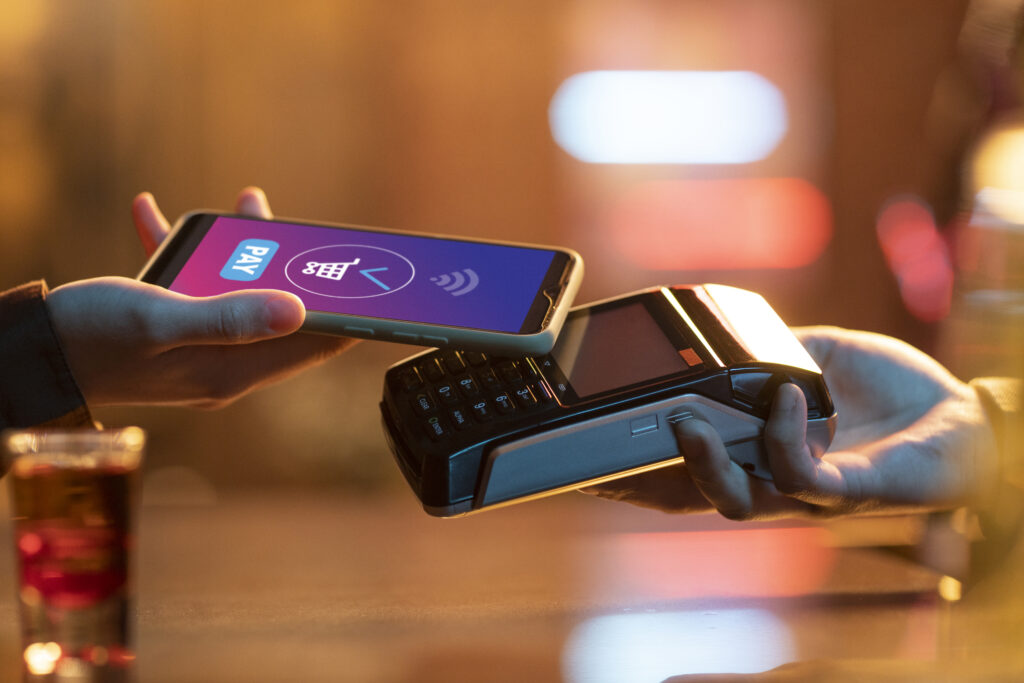Effective communication is essential for any successful team or organization, but it is also one of the more difficult skills to master due to potential barriers. Barriers could consist of misunderstanding, language, cultural differences, or emotional biases, which can reduce communication exchange and hamper efforts, and anger those in the group.
Communication in today’s workforce is more about connecting, understanding, and providing clarity, rather than merely speaking or writing. While access to information has increased through technology, misinterpretation, silo, and lack of listening are still barriers to effective dialogue.
The good news is that there are strategies to overcome these barriers, and in this blog, we will share 10 evidence-based communication strategies to overcome barriers. We will also provide an overview of common barriers, the reasons they exist, and how leaders and employees can create connections in the 2025 workplace.
Key Highlights
- Learn how communication barriers affect teamwork and productivity.
- Understand the sender–receiver–feedback model of communication.
- Discover the 8 most common barriers including emotional, cultural, and organisational obstacles.
- Explore 10 practical strategies to overcome barriers in communication.
- See how AITD’s training programmes can strengthen workplace communication skills
What Are Communication Barriers?
Communication barriers are factors that block, distort or confuse the information being exchanged during the communication process. Barriers to communication can arise at any point during the communication process, including the creation of a message, transmission, or interpretation, and lead to delays, misunderstandings, or even conflict.
Identifying barriers to communication is the first step in attempting to resolve them. Once barriers are recognized, an organization can implement appropriate tools and strategies to ensure that information reaches intended receiver in the way it was meant to be conveyed.
Why Poor Communication Hurts Businesses
Did You Know?
According to Speakap, poor workplace communication costs businesses an average of $15,000 per employee per year due to errors, inefficiency, and lost productivity.
This shows that effective communication isn’t just about employee engagement—it’s directly tied to business growth and profitability.
Common Types of Communication Barriers
Physical Barriers – Noisy environments, closed office layouts, or faulty tech equipment.
Psychological Barriers – Stress, anxiety, or lack of confidence affecting how people express themselves.
Language Barriers – Complex jargon, slang, or language differences causing confusion.
Cultural Barriers – Gestures, norms, and expressions that carry different meanings across cultures.
Organisational Barriers – Rigid hierarchies or unclear reporting structures blocking information flow.
Perceptual Barriers – Misreading tone, body language, or assumptions based on bias.
Emotional Barriers – Fear of criticism or judgment stopping open conversations.
Interruptions & Distractions – Constant noise, alerts, or interruptions that break focus.
Stereotyping – Preconceived notions about gender, race, or background impacting openness.
The Communication Process: How It Works
Communication isn’t a one-way street. It’s a loop involving:
Sender – Creates the message.
Message – The actual content.
Channel – The medium (verbal, written, visual).
Receiver – The person interpreting it.
Feedback – The response to ensure clarity.
If any stage of this loop breaks down, barriers arise. This model makes it easier to identify where communication gaps occur—whether in delivery, understanding, or response.
10 Expert Strategies to Overcome Communication Barriers
1. Practise Active Listening
Active listening means paying full attention, avoiding interruptions, and responding thoughtfully. It helps reduce misunderstandings and shows respect for the speaker.
2. Use Simple and Clear Language
Avoid jargon and overly technical terms. Keep your language straightforward so everyone, regardless of background, can understand.
3. Align Verbal and Non-Verbal Cues
Body language, tone of voice, and gestures should match your words. Mixed signals can create doubt or confusion.
Did You Know?
Albert Mehrabian’s research revealed that in face-to-face communication: 55% is body language, 38% is tone, and only 7% are actual words.
4. Adapt to Your Audience
Different groups require different approaches. Tailor your communication style to the cultural background, preferences, or knowledge level of your audience.
5. Encourage Feedback
Invite others to share their thoughts or questions. Feedback ensures that the message is not only received but also correctly understood.
6. Show Empathy
Put yourself in others’ shoes. Empathy builds trust, reduces conflict, and makes conversations more meaningful.
7. Clarify Misunderstandings Quickly
If confusion arises, address it immediately with questions or explanations. The longer it lingers, the greater the misinterpretation.
8. Stick to One Message at a Time
Overloading people with too much information creates confusion. Focus on one idea, ensure clarity, then move to the next.
9. Use Visual Aids
Charts, diagrams, or infographics can simplify complex ideas and improve retention.
Did You Know?
Visuals can improve message retention by up to 65%, making them a powerful support tool for communication.
10. Stay Calm Under Pressure
Stressful situations often cause communication breakdowns. Remaining calm and composed allows for clearer, more effective dialogue.
The Role of Emotional Intelligence in Communication
Emotional Intelligence (EI) is the ability to understand and manage emotions—both your own and others’. High EI improves communication by:
Responding with empathy.
Managing conflict with composure.
Reducing emotional tension.
Creating safe spaces for open dialogue.
In India, many leadership programmes now integrate EI into communication training, highlighting its rising importance in 2025 workplaces.
Proactive Strategies for Stronger Communication
Maintain a positive and solution-focused attitude.
Make communication goal-oriented and tied to performance outcomes.
Regularly assess team communication effectiveness.
Accept that misunderstandings will happen—focus on solutions, not blame.
These approaches set the foundation for long-term collaboration and stronger workplace relationships.
How Ebullient Can Help Your Organisation
At Ebullient, we specialise in helping organisations strengthen workplace communication through customised, research-driven training programmes. Our focus is on building skills that directly improve collaboration, trust, and performance across teams.
Ebullient Training Modules include:
Interpersonal & Professional Communication – sharpen day-to-day workplace interactions.
Active Listening & Feedback – foster a culture of clarity and openness.
Cross-Cultural and Remote Communication – bridge gaps in global and hybrid teams.
Conflict Management & Emotional Intelligence – handle challenges with empathy and resilience.
By equipping leaders, managers, and employees with practical tools and strategies, Ebullient empowers organisations to break down communication barriers and nurture a culture of transparency and inclusivity.
Final Thoughts
Overcoming barriers to communication is not a one-time fix—it’s a continuous process of self-awareness, practice, and adaptability. By applying these 10 strategies and investing in professional training, organisations can foster clear, inclusive, and effective communication.
FAQs
1. What are the common barriers to communication in the workplace?
Barriers include language differences, cultural gaps, emotional biases, physical distractions, and organisational silos.
2. How can active listening improve communication?
Active listening reduces misunderstandings, shows respect, and ensures that the message is fully understood.
3. Why is empathy important in communication?
Empathy helps build trust, improves connection, and ensures messages are delivered with understanding and care.
4. How do visuals improve communication?
Visuals simplify complex ideas and increase retention by up to 65%, making messages clearer and more engaging.
5. How can Ebullient help improve communication skills?
Ebullient offers training in interpersonal communication, cross-cultural dialogue, listening, and emotional intelligence to overcome communication barriers.



